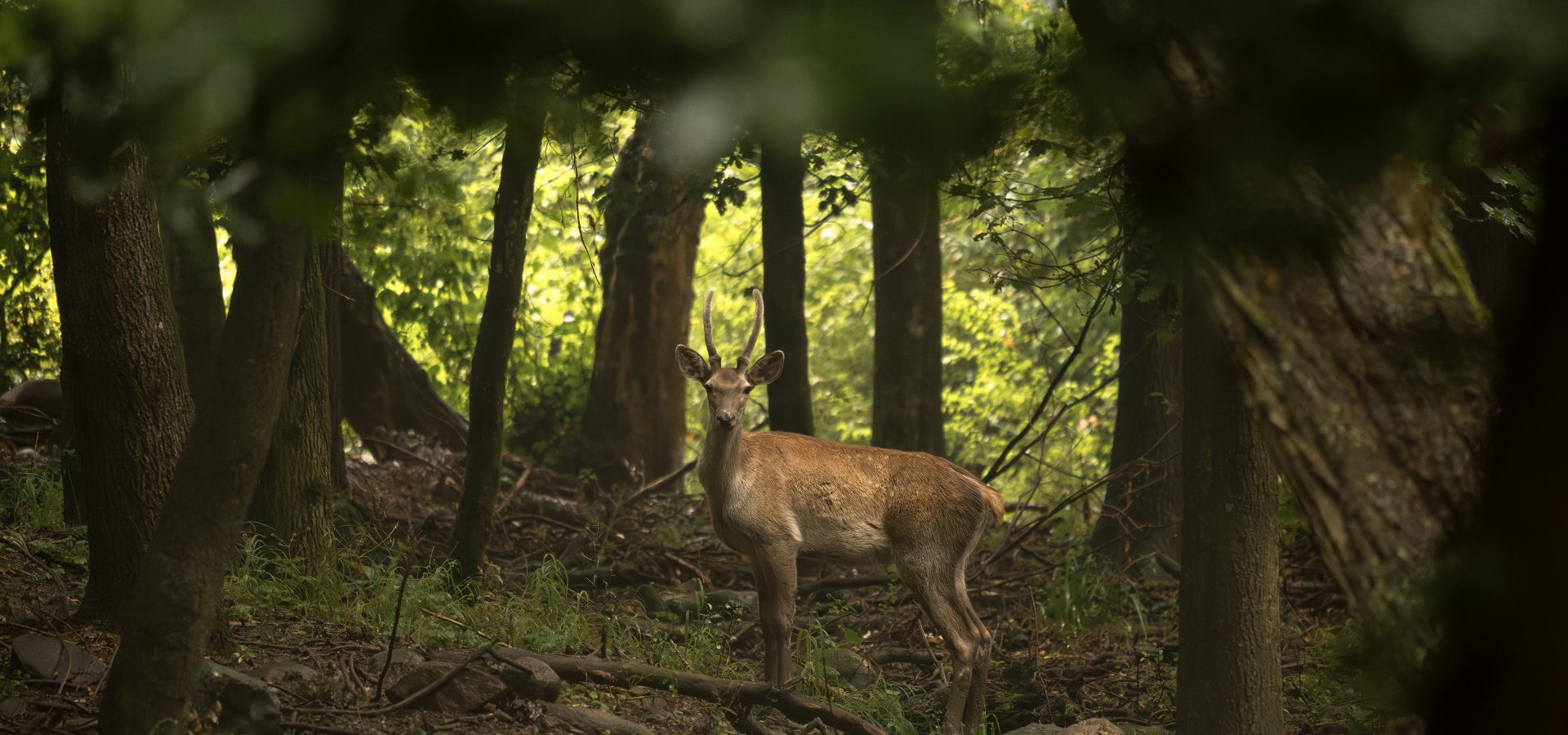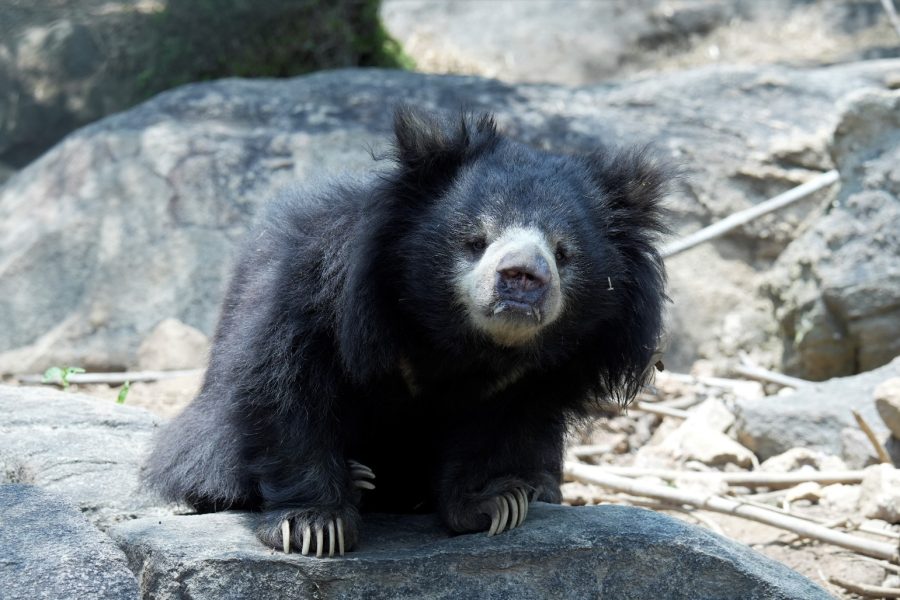Hangul, also known as the Kashmir stag, graces the beautiful landscapes of Kashmir. This unique subspecies of the Asian red deer, scientifically known as Cervus hanglu hanglu, holds a special place in the region’s rich biodiversity. In 2017, the hangul was recognised as a distinct species after it was previously believed to be a subspecies of the European red deer. Despite being the state animal of Jammu and Kashmir, only 289 individuals of this elusive species remain. Listed as Critically Endangered in IUCN’s Red Data Book and placed under Schedule I of the Indian Wildlife (Protection) Act, 1972, hanguls are on the brink of vanishing forever.
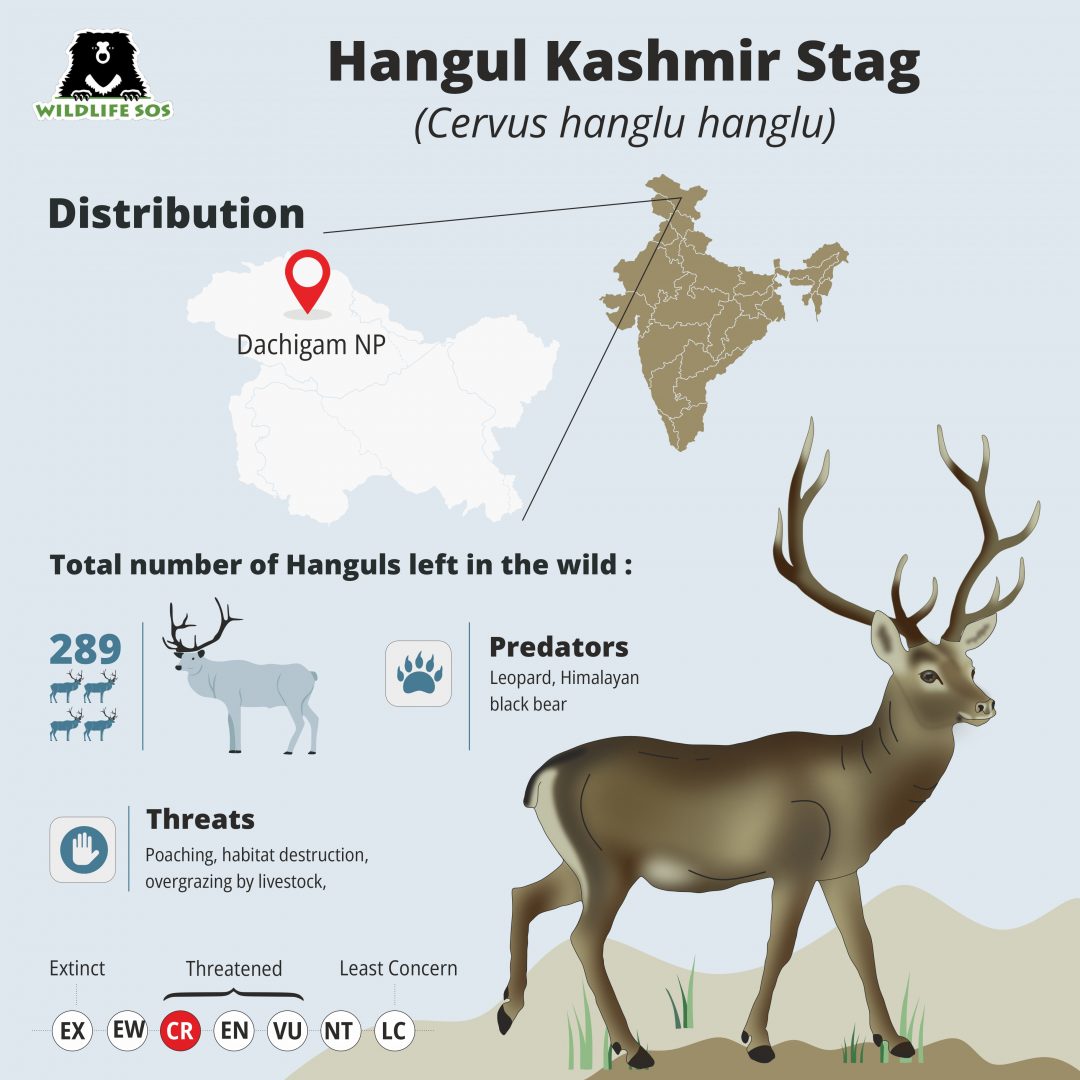
The Story of the Kashmir Stag
Hangul derives its name from the word han doon, which in local vernacular means the Indian horse-chestnut that the animal fondly consumes. Being herbivorous, their diet primarily consists of grass, herbs, leaves, barks and twigs. Another link to this name has been the hangul’s large and majestic antlers that are called heng colloquially.
This animal is characterised by a distinctive white rump patch, an impressive spread of antlers and a small tail. They are also called red deer due to their reddish-brown coat, which may vary with season. Males are typically darker in colour than females and reach the age of sexual maturity at three, while females can start mating by the age of two. During the breeding season that occurs from September to October, the female chooses her mate as males engage in competitive behaviours such as roaring, fighting, and the mighty display of their antlers. Male hanguls actively pursue females by producing distinctive rutting calls that are loud and rough, and they raise their muzzles slightly while doing so.
The absence of boisterous calls during non-mating periods contributes to the shy and quiet nature of these magnificent creatures. The gestation period for hanguls lasts for about eight months, after which the fawns stay with their mother till the next breeding season. Like elephants, Kashmir stags too have a matriarchal society that follows a female leader. Females live in groups of up to 18, and adult males live independently.
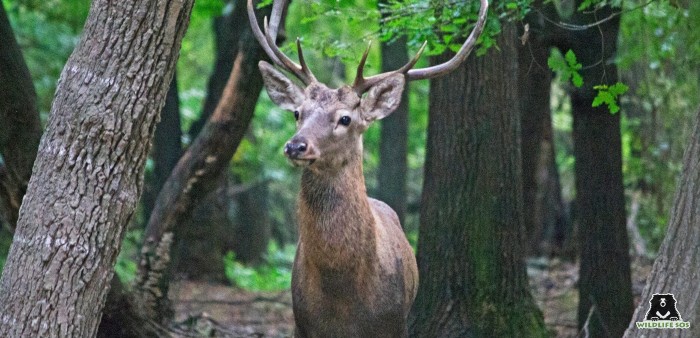
Hanguls are, by nature, high-altitude forest dwellers. During winters, they prefer to stay at heights between 1600m and 2400m, while in summers, they elevate further to about 4000m. However, recent studies have revealed a concerning trend– hanguls are restricting themselves to smaller areas, and this underscores the urgent need for their conservation.
Their distribution had earlier spanned over Dachigam National Park and its nearby areas, Rajparian Wildlife Sanctuary, Overa Aru, Sind Valley, and the forests of Kishtwar and Bhaderwah. But now, they are mostly spotted in the protected areas of Dachigam National Park and Tral Wildlife Sanctuary in Jammu and Kashmir. From a population of almost 5,000 in the early 1900s, the number of Kashmir stags dropped drastically to about 180 in 1968. Their numbers have been fluctuating ever since, however, since 2017, a gradual rise has been noted.
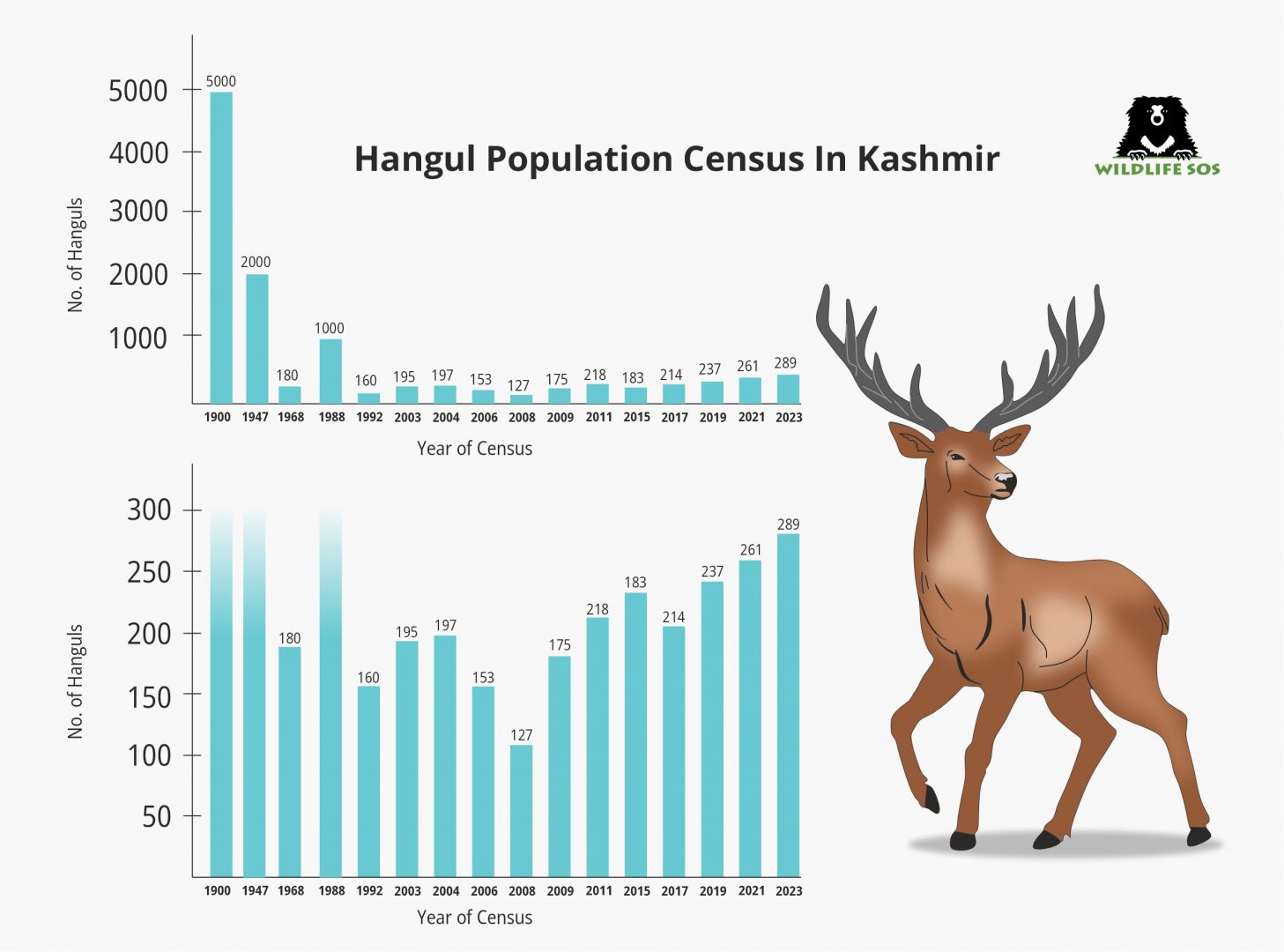
Threats
Hanguls share their landscapes with formidable predators like snow leopards, Himalayan black bears, dholes, and wolves. However, one of the major threats to their numbers lies in habitat destruction and fragmentation. Expanding human settlements, agricultural activities, and infrastructural development have disrupted their natural surroundings immensely.
Another challenge faced by the Kashmir stags is the limited access to its vital food resource. Locals have led their livestock to graze at regions located at higher altitudes where hanguls are known to thrive in. Overgrazing in these areas has not only left hanguls wanting, but has also dislocated them further.
Illegal wildlife trade, driven by poaching, exacerbates the hangul’s plight. The allure of the Kashmiri stag’s distinctive antlers and its rarity make the animal a prime target for poachers.
Mass tourism, while contributing to the economy, often brings unintended consequences. The influx of visitors disturbs hangul habitats, disrupts their feeding and breeding patterns, and increases human-wildlife conflicts. Off-road driving and excessive noise are some of the primary examples of unregulated tourism practices.
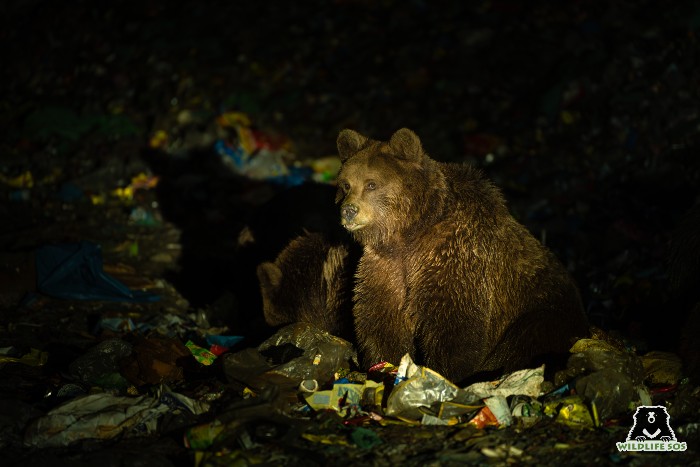
One notable documentation concerns the hangul population’s male-female and fawn-female ratios. A striking imbalance exists, as the hangul census conducted in 2021 recorded around 12 males and 13 fawns per 100 females. This disparity has had implications for the species’ overall population sustainability.
Hanguls and Wildlife SOS
To address the jeopardy faced by the few and precious hanguls that live in the dense and wild habitats of Jammu and Kashmir, a comprehensive conservation strategy is required. To secure the population of Kashmir stags, stakeholders need to devise habitat restoration programmes, implement tighter anti-poaching measures, adopt responsible tourism practices, and introduce grazing management systems. Such initiatives require an alliance not only between the forest department and wildlife agencies, but also with the local people who can help steer viable initiatives at the forefront.
The Jammu and Kashmir Wildlife SOS team has been collaborating with the Jammu and Kashmir Wildlife Department and student volunteers to perform a hangul census biennially. Volunteers engage in assessing faecal samples and identifying the prints of the hangul on the soil to track them, aiming to determine the population’s increase or decline. The results offer valuable insights, enabling the development of key actions for the long-term protection of the species.
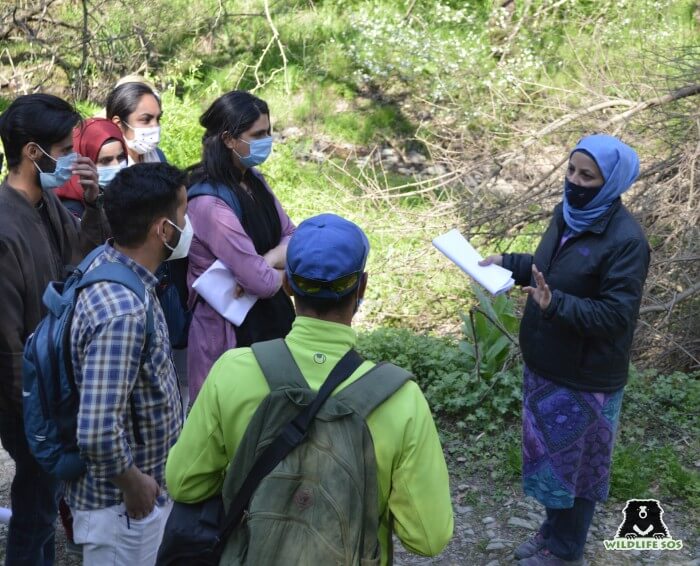
With rampant human activities threatening the natural world, preserving habitats for the well-being of animals has now become imperative to protect our country’s biodiversity. If you wish to support our efforts towards wildlife conservation and join our growing family of wildlife warriors, consider making a donation.

